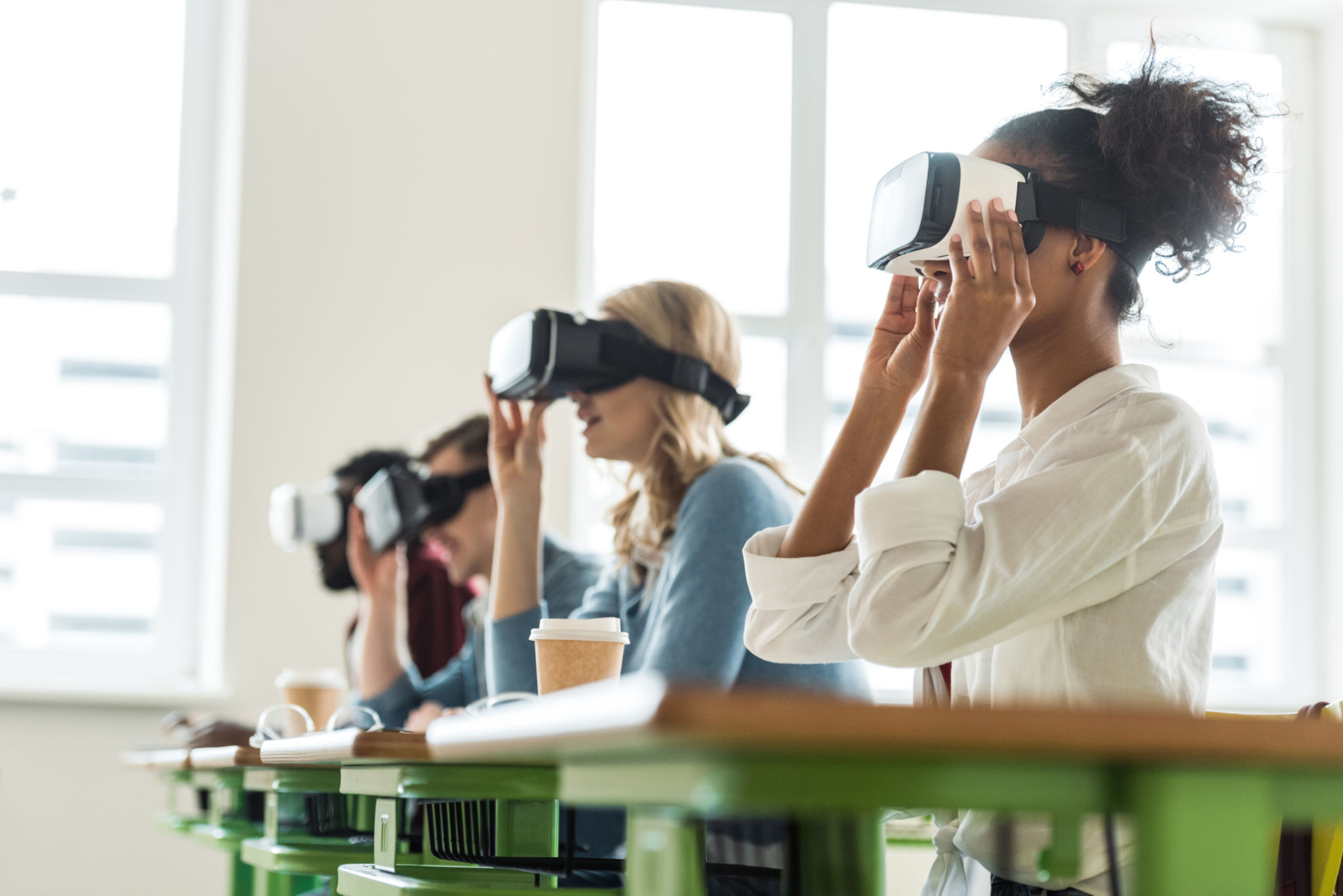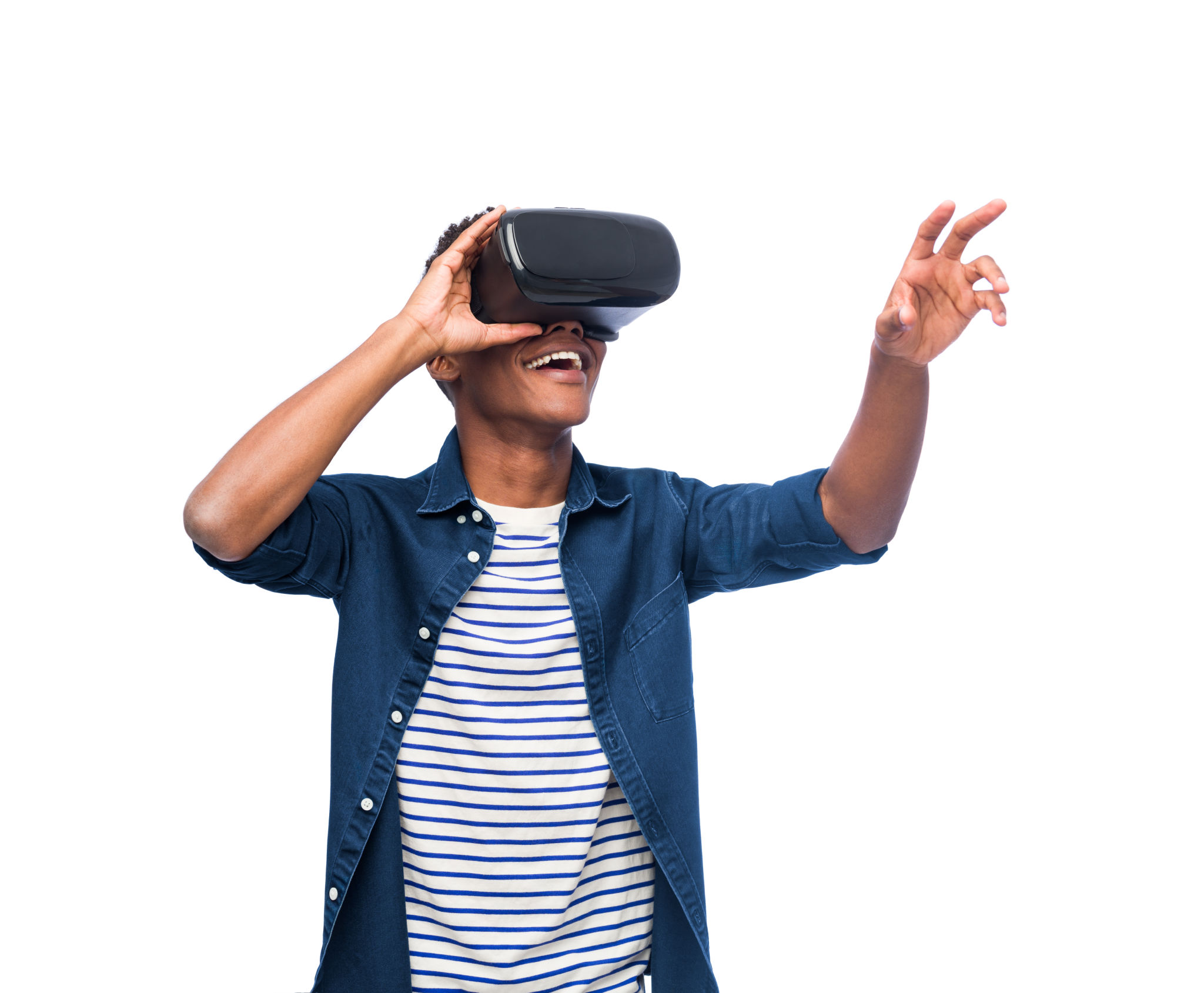Back to School with VR: Transforming Classrooms with Educational Tools
Revolutionizing Education with Virtual Reality
As the new school year begins, educators and students are exploring innovative ways to enhance learning experiences. One of the most exciting developments in recent years is the integration of Virtual Reality (VR) into classrooms. This transformative technology is reshaping how students engage with educational content, offering immersive and interactive experiences that were previously unimaginable.
Virtual Reality provides a unique platform for students to explore complex subjects in a more engaging and memorable way. By using VR headsets, students can be transported to ancient civilizations, explore the depths of the ocean, or even journey through the human body. These experiences can enhance understanding and retention, making learning both fun and effective.

The Benefits of VR in Education
One of the key advantages of using VR in the classroom is its ability to create a safe and controlled environment for exploration. For instance, science classes can conduct virtual experiments that might be too dangerous or costly in real life. This allows students to learn through trial and error without any real-world consequences.
Furthermore, VR can cater to different learning styles. Visual learners, for example, can greatly benefit from the immersive visualizations that VR offers. Kinesthetic learners, on the other hand, can interact with their environment in a way that traditional methods cannot provide.
Implementing VR Across Different Subjects
VR is not limited to any single subject; its applications are diverse and far-reaching. In geography, students can take virtual field trips to various locations around the world, enhancing their understanding of different cultures and landscapes. History classes can bring historical events to life, allowing students to witness pivotal moments as if they were there.

In literature, VR can transport students into the worlds of their favorite books, providing a deeper connection to the material. Math and physics classes can leverage VR to visualize abstract concepts in three dimensions, making them easier to comprehend.
Challenges and Considerations
Despite its many benefits, integrating VR into education comes with its own set of challenges. Schools need to ensure they have the necessary infrastructure and resources, such as VR headsets and compatible software. Additionally, teachers need proper training to effectively incorporate VR into their lesson plans.
Cost is another consideration. While prices for VR technology have been decreasing, they still represent a significant investment for many educational institutions. However, the potential benefits in terms of student engagement and learning outcomes make it a worthwhile consideration.

The Future of Education with VR
As technology continues to evolve, the role of VR in education is expected to grow. Future advancements could lead to even more sophisticated and accessible educational tools, further transforming how knowledge is imparted. Schools that embrace this technology now are setting the stage for a future where learning is not just about absorbing information but experiencing it.
The incorporation of VR in classrooms is a testament to the power of technology in shaping education. By making learning more interactive and engaging, VR is helping students achieve a deeper understanding of their subjects, preparing them for a world where technology plays an ever-increasing role.